Are your Home Locks Really Safe?
When it comes to the safety of our homes, one of the first lines of defense is the humble lock. But have you ever stopped to wonder, are your home locks really safe? In a world where technology and techniques are constantly evolving, the effectiveness of traditional locks can sometimes come into question. Whether you live in a cozy apartment or a sprawling house, understanding the security of your locks is crucial to keeping your loved ones and belongings safe. This article dives deep into the various types of locks available, their vulnerabilities, and practical tips to enhance your home security.
Locks come in various shapes and sizes, each designed with a specific purpose in mind. Let's explore some of the most common types:
- Deadbolts: These are considered one of the most secure types of locks. They require a key to unlock from the outside and a thumb turn from the inside, making them difficult to manipulate.
- Smart Locks: Embracing technology, smart locks offer features like remote access through smartphones, keyless entry, and alerts when someone enters or exits your home. However, they also come with their own set of vulnerabilities.
- Padlocks: Often used for gates and storage units, padlocks can vary in security based on their design. A heavy-duty padlock can be quite secure, while cheaper versions may be easily compromised.
Each type of lock contributes to your home’s overall safety, but understanding their strengths and weaknesses is essential for effective security planning.
Even the sturdiest locks can have vulnerabilities that intruders may exploit. Here are some common methods used to bypass locks:
- Lock Picking: A skill that involves manipulating the components of a lock to open it without a key.
- Bumping: A technique where a specially crafted key is used to 'bump' the lock open.
- Shimming: Involves inserting a shim into the lock to disengage the locking mechanism.
Understanding these vulnerabilities is the first step in protecting your home effectively. It’s like knowing the weaknesses in a fortress; once you know them, you can fortify those areas.
Lock picking is often glamorized in movies, but in reality, it’s a skill that many intruders possess. They exploit weaknesses in traditional locks, often using simple tools to gain entry. By understanding these techniques, you can take steps to safeguard your home.
Common tools used by lock pickers include:
- Tension Wrenches: These apply tension to the lock while picking.
- Pick Sets: A collection of tools specifically designed for manipulating the pins inside a lock.
The availability of these tools online makes it easier for anyone to learn lock picking, which is why investing in high-security locks is crucial.
So, how can you prevent lock picking? Here are a few strategies:
- Choose high-security locks that are designed to resist picking.
- Consider using locks with unique keyways that are harder to duplicate.
- Install additional security measures, such as alarm systems, to deter potential intruders.
By being proactive, you can significantly enhance your home’s security.
Smart locks are revolutionizing home security with features that traditional locks simply cannot offer. These locks often include:
- Encryption: Data is encrypted, making it difficult for hackers to gain access.
- Remote Access: You can lock or unlock your door from anywhere via your smartphone.
- Alerts: Receive notifications when someone enters or exits your home.
While smart locks offer convenience, it’s essential to stay informed about their potential vulnerabilities to keep your home safe.
Locks are just one component of a comprehensive home security strategy. To truly protect your home, consider integrating various security measures:
- Install alarm systems that alert you and authorities in case of a breach.
- Utilize surveillance cameras to monitor your property.
- Participate in neighborhood watch programs to keep an eye on each other’s homes.
By combining these elements, you create a safety net that’s much harder for intruders to penetrate.
Technology is your ally when it comes to home security. Smart home technology allows for remote monitoring and control of various safety features, including locks, cameras, and alarms. Imagine being able to check if you locked the door while you’re at work—how reassuring is that?
Just like any other part of your home, locks require regular maintenance and timely upgrades. Inspect your locks periodically for wear and tear, and don’t hesitate to replace them if they show signs of vulnerability. Remember, a lock is only as good as its condition!
Q: How often should I change my locks?
A: It's advisable to change your locks every few years or immediately after moving into a new home.
Q: Are smart locks safe?
A: While smart locks offer advanced security features, they are not immune to hacking. Always choose reputable brands and keep firmware updated.
Q: What should I do if my lock is picked?
A: If you suspect your lock has been picked, consider changing it immediately and upgrading to a high-security lock.
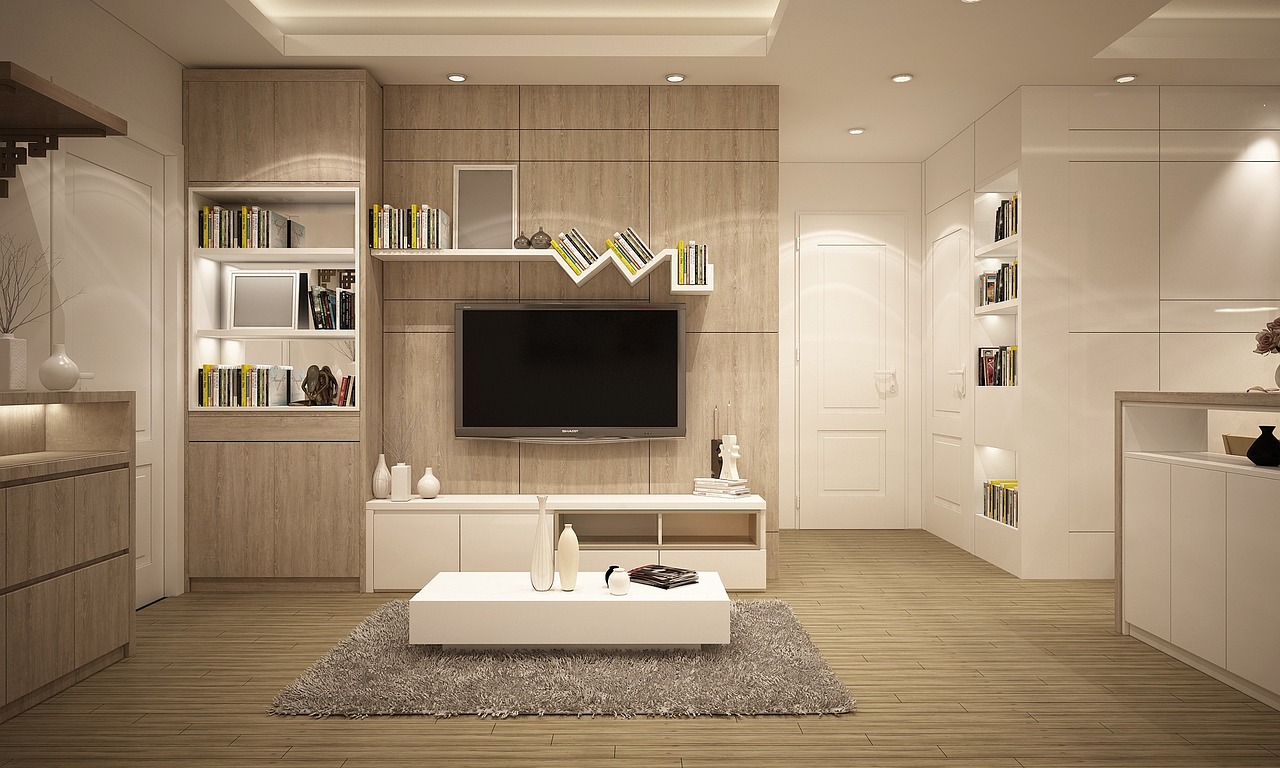
Understanding Different Types of Locks
When it comes to securing your home, the type of lock you choose plays a pivotal role in your overall safety. With so many options available, it can feel overwhelming to determine which lock is the best fit for your needs. Let's break down some of the most common types of locks and how they contribute to your home security.
First up, we have deadbolts. These are the gold standard for home security. Unlike spring bolt locks, which can be easily manipulated, deadbolts require a key or thumb turn to operate. This added layer of security makes them a popular choice among homeowners. Deadbolts come in single and double-cylinder varieties. A single-cylinder deadbolt uses a key on the outside and a thumb turn on the inside, while a double-cylinder requires a key on both sides, making it more secure but potentially hazardous in emergencies.
Next, let’s talk about smart locks. These modern marvels are revolutionizing home security. Imagine being able to lock and unlock your door from your smartphone or receiving alerts when someone enters your home. Smart locks often come with features like encryption, which keeps your data safe, and remote access, allowing you to control your locks from anywhere in the world. However, like any technology, they come with their own set of vulnerabilities, which we’ll discuss later.
Then we have padlocks, which are versatile and portable. You can use them for gates, sheds, and even securing bicycles. While they offer a decent level of security, they can be picked or cut relatively easily, so they should not be your primary line of defense. If you’re considering a padlock, opt for a high-quality one that features a hardened steel shackle and a complex locking mechanism.
Each type of lock has its strengths and weaknesses, and understanding these can help you make an informed decision. For instance, while deadbolts are robust, they can still be vulnerable to certain techniques like lock picking or bumping. On the other hand, smart locks offer convenience but may be susceptible to hacking. Here’s a quick comparison of the different types:
| Type of Lock | Security Level | Vulnerabilities | Best Use |
|---|---|---|---|
| Deadbolt | High | Lock picking, bumping | Main entry doors |
| Smart Lock | Medium to High | Hacking, software vulnerabilities | Convenient access |
| Padlock | Medium | Cutting, picking | Gates, sheds |
In conclusion, the effectiveness of your home locks depends on the type you choose and how you implement them. It’s essential to assess your security needs, lifestyle, and the level of convenience you desire. Remember, a layered security approach that includes various types of locks, along with other security measures, will provide the best protection for your home.
Stay tuned as we explore the common vulnerabilities in home locks and how to protect against them in the next section!
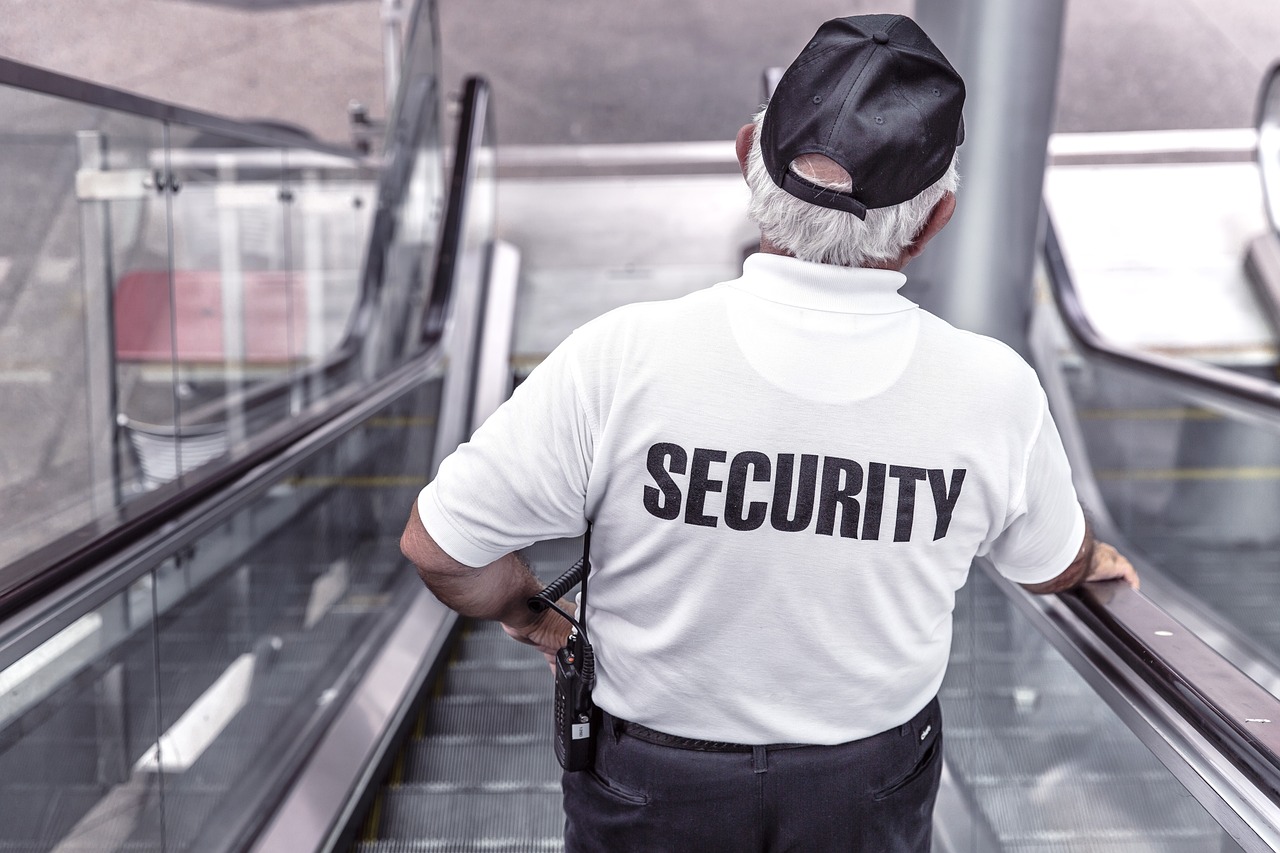
Common Vulnerabilities in Home Locks
When it comes to securing our homes, we often assume that our locks are the first line of defense against intruders. However, many homeowners are unaware of the common vulnerabilities that can compromise their locks, rendering them ineffective. Understanding these vulnerabilities is crucial to enhancing your home security and ensuring that your sanctuary remains safe from unwanted visitors.
One of the most well-known vulnerabilities is lock picking. This technique involves manipulating the components of a lock to unlock it without the original key. Intruders often use this method because it can be done quietly and without causing damage. It's essential to recognize that not all locks are created equal; some are more resistant to picking than others. For instance, traditional pin tumbler locks are particularly susceptible to this technique, while high-security locks are designed with additional features to thwart such attempts.
Another common vulnerability is lock bumping. This method uses a specially crafted key that can be inserted into a lock and struck to align the pins inside, allowing the lock to turn. This technique can be executed quickly and silently, making it a favorite among burglars. To protect against lock bumping, homeowners should consider investing in locks that have anti-bump features or using lock cylinders that are specifically designed to resist this method.
Additionally, shimming is a technique that can easily bypass certain types of locks, particularly padlocks and some deadbolts. Shimming involves inserting a thin piece of metal between the lock components to release the locking mechanism. This method highlights the importance of choosing the right type of lock for your specific security needs. For instance, while a standard padlock may be convenient for a shed, it might not provide adequate security for your front door.
To further illustrate the vulnerabilities in home locks, here's a quick comparison of common lock types and their susceptibility to various methods of attack:
| Lock Type | Susceptible to Picking | Susceptible to Bumping | Susceptible to Shimming |
|---|---|---|---|
| Pin Tumbler Lock | Yes | Yes | No |
| Deadbolt | Yes (standard) | No (high-security) | Yes |
| Smart Lock | No | No | No |
| Padlock | Yes | Yes | Yes |
So, how can you protect your home against these vulnerabilities? First, consider upgrading to high-security locks that come with built-in resistance to picking, bumping, and shimming. Additionally, regular maintenance of your locks can help identify and rectify any weaknesses before they can be exploited. Lastly, employing additional security measures such as alarms and surveillance cameras can act as deterrents, making your home less appealing to potential intruders.
- What is the best type of lock for home security? High-security locks are recommended as they offer advanced features to resist common attack methods.
- Can I install a smart lock myself? Yes, most smart locks come with easy-to-follow installation instructions, but ensure compatibility with your existing door.
- How often should I change my locks? It's a good practice to change your locks every few years or immediately after moving into a new home.
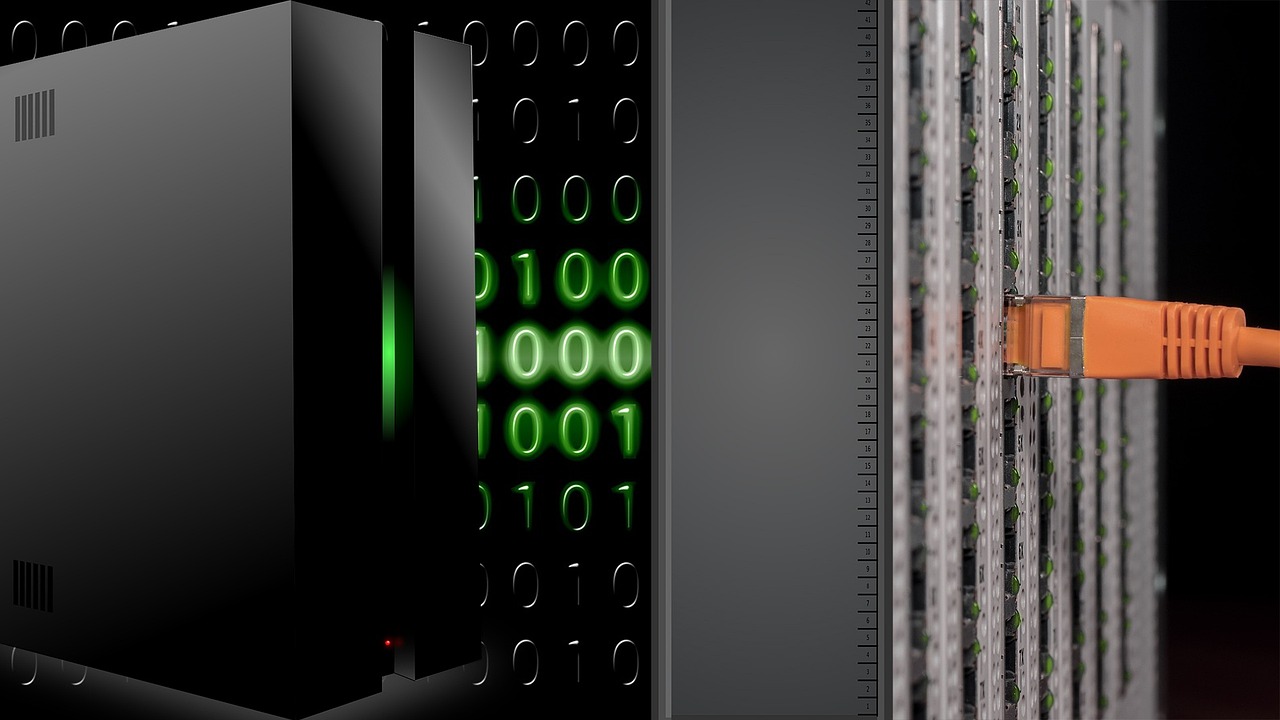
Lock Picking Techniques
Lock picking is a skill that has intrigued many, often portrayed in movies as a secret art mastered by cunning thieves. But the reality is that this technique can be surprisingly simple, and understanding it is crucial for enhancing your home security. Intruders often exploit weaknesses in traditional locks, making it essential to know how they do it. So, what exactly do they use to gain unauthorized access? Let's dive into the world of lock picking techniques.
One of the most common methods used by lock pickers is called raking. This technique involves using a specially designed tool, known as a rake, to quickly manipulate the pins inside a lock. By inserting the rake and moving it in and out rapidly, the lock picker can set the pins to the shear line, allowing the lock to turn. It’s a bit like playing a piano, where the right notes must be hit at just the right time to create music. However, unlike a piano, this 'music' can lead to a home invasion.
Another technique is single pin picking. This method requires a higher level of skill and patience. The lock picker uses a pick to lift each pin individually until all pins are set at the shear line. This technique is akin to solving a puzzle, where each piece must fit perfectly to complete the picture. While it takes more time than raking, it’s often quieter and less likely to draw attention, making it a preferred method for experienced intruders.
Moreover, there are other techniques like bumping and shimming. Bumping involves using a specially crafted key that can momentarily push all the pins to the shear line, allowing the lock to turn. Shimming, on the other hand, involves inserting a shim into the lock to disengage the locking mechanism entirely. These techniques highlight vulnerabilities that are often overlooked by homeowners.
To illustrate the differences between these techniques, consider the following table:
| Technique | Description | Skill Level |
|---|---|---|
| Raking | Quickly manipulating pins using a rake tool. | Beginner |
| Single Pin Picking | Individually lifting pins to the shear line. | Advanced |
| Bumping | Using a special key to momentarily set pins. | Intermediate |
| Shimming | Inserting a shim to disengage the lock. | Intermediate |
Understanding these techniques is not just about being aware; it’s about taking proactive steps to safeguard your home. By knowing how intruders operate, you can make informed decisions on the types of locks you install and the additional security measures you might need. After all, it’s better to be a step ahead than to find yourself at the mercy of a skilled lock picker.

Tools Used for Picking
When it comes to lock picking, intruders often rely on a specific set of tools designed to exploit the vulnerabilities of traditional locks. Understanding these tools can give homeowners a clearer perspective on how to enhance their security. The most common tools used by lock pickers include:
- Tension Wrench: This is a fundamental tool that applies pressure to the lock cylinder. By turning the tension wrench, a lock picker can hold the pins in place while manipulating them with another tool.
- Lock Picks: These come in various shapes and sizes, each tailored for different types of locks. The most common types include hook picks, rake picks, and diamond picks. Each serves a unique purpose in manipulating the pins within the lock.
- Rake: A rake is a type of lock pick used to quickly jostle the pins inside a lock, often allowing it to be opened in a matter of seconds. While it requires skill, it can be effective against less secure locks.
- Probe Picks: These tools are used to feel the pins inside the lock and can be particularly useful in understanding how the lock is constructed.
It's essential to note that the availability of these tools online has made it easier for would-be intruders to obtain them. This accessibility raises the stakes for homeowners, as it emphasizes the need for stronger security measures. The rise of DIY lock picking kits can also empower individuals with malicious intent, making it crucial for homeowners to be vigilant.
To counteract the threat posed by such tools, homeowners should consider investing in high-security locks that are specifically designed to withstand picking attempts. These locks often feature complex pin configurations and additional security mechanisms that make them significantly harder to manipulate. Moreover, regular maintenance and timely upgrades can ensure that locks remain effective against evolving security threats.
In conclusion, understanding the tools used for picking locks not only helps in recognizing potential vulnerabilities but also emphasizes the importance of proactive measures to enhance home security. By staying informed and taking action, homeowners can better protect their sanctuaries from unwanted intrusions.
Q: Can all locks be picked?
A: While many locks can be picked, high-security locks are specifically designed to resist such tactics, making them much more challenging to compromise.
Q: How can I improve my home's lock security?
A: Consider upgrading to high-security locks, installing additional security features like cameras or alarms, and regularly maintaining your locks.
Q: Are smart locks more secure than traditional locks?
A: Smart locks often come with advanced security features, including encryption and remote access capabilities, making them a strong option for modern home security.
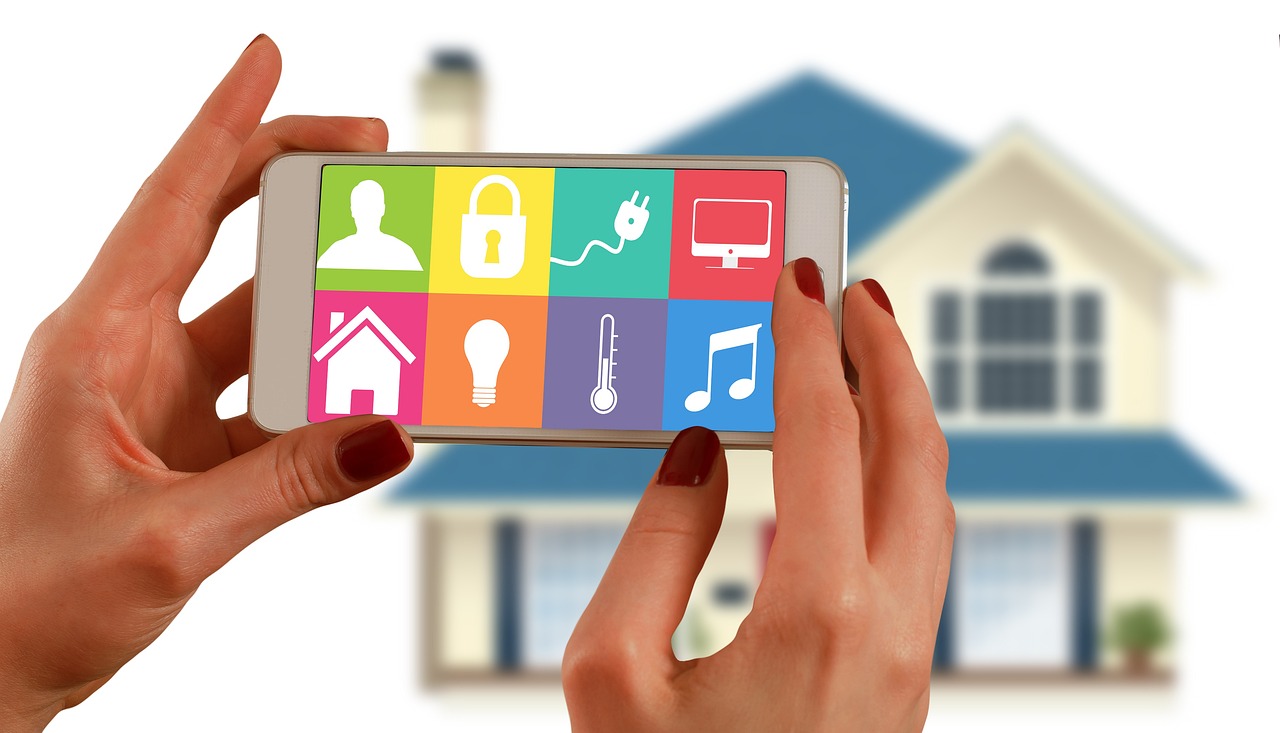
Preventing Lock Picking
Lock picking may sound like something out of a heist movie, but the reality is that it’s a common method used by intruders to gain access to homes. So, how can you keep your home safe from these sneaky tactics? First and foremost, choosing the right locks is crucial. Opting for high-security locks can significantly reduce the risk of picking. These locks are designed with advanced features that make them much harder to manipulate.
Another effective strategy is to install locks that come with anti-picking pins. These specialized pins are engineered to resist common picking techniques, adding an extra layer of security. But don’t stop there! It’s also wise to consider the placement of your locks. Ensure that they are installed correctly and securely on solid doors. A lock is only as strong as the door it’s attached to, after all.
In addition to high-security locks, you might want to think about reinforcing your doors with a deadbolt. Deadbolts are much harder to pick than standard spring bolt locks and provide a solid barrier against intruders. If you’re feeling particularly tech-savvy, smart locks with biometric features can also be a game-changer. These locks use fingerprints or facial recognition, making it nearly impossible for someone to pick them.
Moreover, consider integrating additional security measures such as surveillance cameras and alarm systems. These not only deter potential intruders but also alert you to any suspicious activity around your home. The presence of a camera can make a would-be thief think twice before attempting to pick a lock. It’s like having an invisible guardian watching over your property!
Lastly, regular maintenance is key. Check your locks periodically to ensure they are functioning properly and replace any that show signs of wear or damage. A lock that’s easy to pick is often one that’s not in the best shape. By staying proactive about your home security, you can significantly reduce the chance of becoming a victim of lock picking.
- What are high-security locks? High-security locks are specially designed to resist picking, drilling, and other forms of unauthorized access. They often feature advanced locking mechanisms and materials.
- Can smart locks be picked? While smart locks are generally more secure than traditional locks, they can still be vulnerable to hacking. However, many come with encryption and other security features to mitigate this risk.
- How often should I replace my locks? It’s recommended to evaluate your locks every few years or sooner if you notice any signs of wear or if you’ve experienced a security breach.

Smart Lock Security Features
In the ever-evolving landscape of home security, smart locks have emerged as a game changer. These innovative devices not only provide a higher level of convenience but also come packed with a plethora of security features designed to keep your home safe from intruders. So, what exactly makes smart locks a superior choice compared to traditional locking mechanisms? Let's dive into the key features that elevate their security profile.
One of the standout features of smart locks is encryption. Just like a secret code, encryption ensures that any communication between your lock and your smartphone is secure. This means that even if someone tries to intercept the signals, they would be unable to decipher them. Think of it as having a secret handshake that only you and your lock understand!
Another significant advantage is the ability to control your lock remotely. Imagine being able to lock or unlock your door from anywhere in the world with just a tap on your smartphone. Whether you're at work or on vacation, this feature provides peace of mind. You can even grant temporary access to guests or service providers without needing to be physically present. Remote access is not just convenient; it’s a powerful tool for enhancing security.
Smart locks also come equipped with real-time alerts. These notifications can inform you when your door is locked or unlocked, or if someone is attempting to tamper with it. This feature acts as an extra set of eyes on your home, alerting you to any suspicious activity. It's like having a virtual security guard that never sleeps!
Moreover, many smart locks are designed to integrate with other smart home devices, creating a comprehensive security system. For instance, you can link your smart lock to your surveillance cameras, allowing you to see who is at your door before you let them in. This interconnectedness not only enhances your security but also simplifies your home management. Imagine a world where your door, lights, and cameras work together seamlessly to keep you safe!
As with any technology, however, it’s crucial to consider potential vulnerabilities. Smart locks rely on batteries and Wi-Fi connections, which means they can fail if not properly maintained. Regular updates and maintenance are essential to ensure that your smart lock is equipped with the latest security protocols. Staying informed about software updates is just as important as changing the batteries!
In conclusion, smart locks offer a variety of features that significantly enhance home security. With their encryption, remote access capabilities, real-time alerts, and integration with other smart devices, these locks provide a level of safety that traditional locks simply cannot match. As you consider upgrading your home security, remember that investing in a smart lock could be a vital step toward safeguarding your sanctuary.
- Are smart locks safe from hacking? While no device is entirely immune to hacking, reputable smart locks use strong encryption and security protocols to minimize risks. Always choose a lock from a trusted brand.
- What happens if the battery dies? Most smart locks have a backup key option or a way to power the lock temporarily to ensure you can always gain access.
- Can I use a smart lock with my existing door? Many smart locks are designed to fit standard door hardware, making them easy to install without extensive modifications.
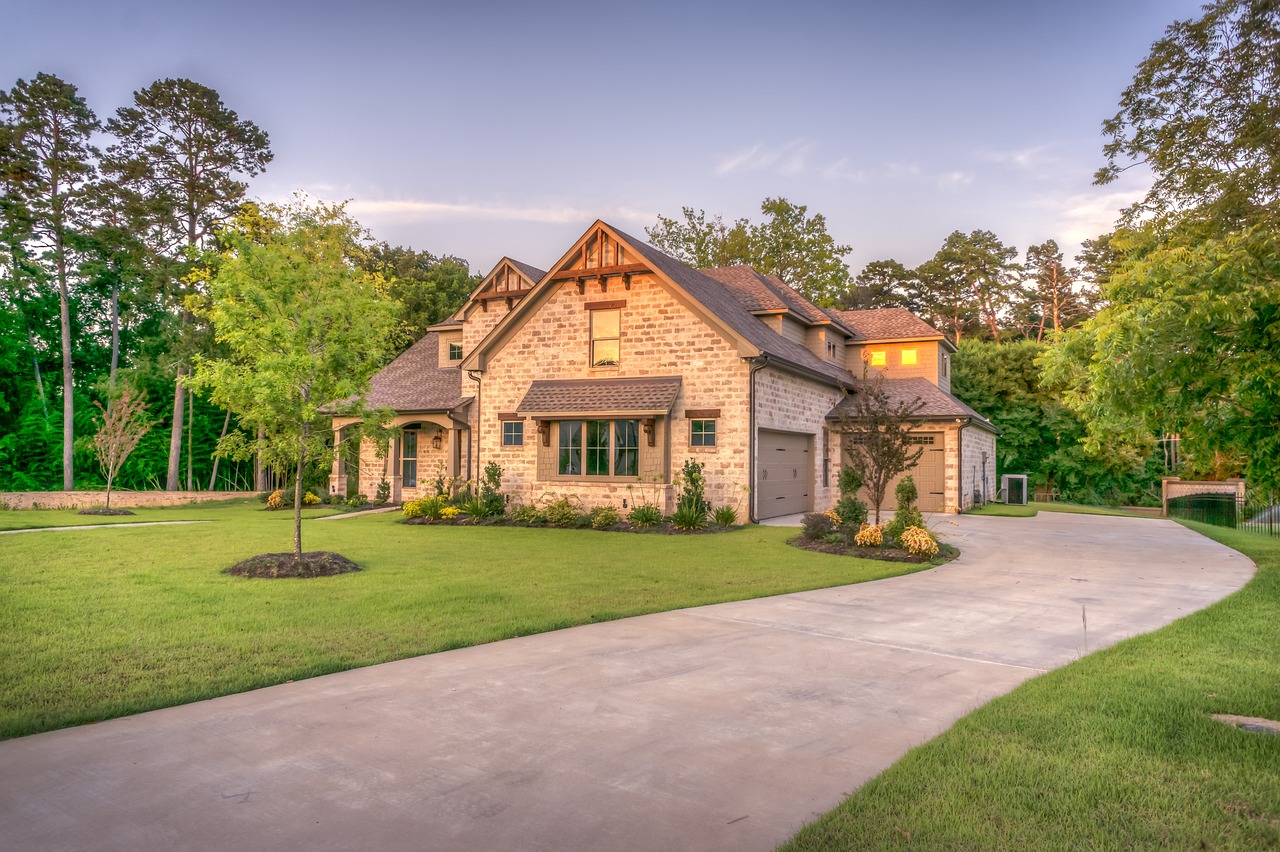
Enhancing Your Home Security
When it comes to home security, locks are just one piece of the puzzle. Think of your home like a fortress; while strong walls and gates are essential, you also need a solid defense strategy to keep intruders at bay. So, how can you bolster your home’s defenses beyond just installing a decent lock? Here are some practical tips to enhance your home security and create a safe haven for you and your loved ones.
First off, consider investing in an alarm system. This is like having a vigilant guard on duty 24/7. Modern alarm systems come equipped with cutting-edge technology that can alert you and the authorities in case of a breach. Many systems allow you to monitor your home remotely through your smartphone, giving you peace of mind whether you’re at work or on vacation. Plus, the mere presence of an alarm system can deter potential burglars from even attempting to break in.
In addition to alarm systems, surveillance cameras are a fantastic way to keep an eye on your property. Imagine having a watchful eye that records any suspicious activity around your home. Today’s cameras come with features like night vision, motion detection, and cloud storage, making it easier than ever to monitor your surroundings. You can even opt for smart cameras that send alerts directly to your phone, allowing you to respond quickly if something seems off.
Another effective way to enhance your security is by participating in a neighborhood watch program. This community-driven initiative not only helps you stay informed about local crime but also fosters a sense of camaraderie among neighbors. When everyone looks out for one another, it creates a network of vigilance that can significantly reduce crime rates in your area. Plus, it’s a great way to build friendships and strengthen community ties!
Now, let’s talk about integrating technology into your home security. Smart home devices have revolutionized the way we protect our homes. For instance, smart locks allow you to control access to your home remotely. You can lock or unlock your doors from anywhere, monitor who enters and exits, and even set temporary access codes for guests or service providers. This level of control means you can keep your home secure even when you’re not physically there.
Regular maintenance of your security systems is also crucial. Just like you wouldn’t ignore a car that needs an oil change, your locks and alarms need attention too. Schedule periodic check-ups to ensure everything is functioning correctly. If you notice any signs of wear and tear, such as a lock that sticks or an alarm that doesn’t respond, address these issues immediately. Upgrading your locks to newer models with better security features can also make a significant difference in your home’s safety.
In summary, enhancing your home security involves a multi-faceted approach that goes beyond just installing strong locks. By incorporating alarm systems, surveillance cameras, neighborhood watch programs, and smart technology, you can create a comprehensive safety plan that keeps your home secure. Remember, the goal is to make your home a fortress—one that not only protects you but also gives you peace of mind.
- What is the best type of lock for home security?
The best type of lock for home security often depends on your specific needs, but high-security deadbolts and smart locks are highly recommended for their robustness and advanced features.
- How do I know if my home security system is effective?
Regularly test your alarm system and cameras, monitor their performance, and stay updated on local crime trends to assess the effectiveness of your home security.
- Can I install a security system myself?
Many modern security systems are designed for DIY installation, but if you want a comprehensive setup, consider hiring a professional for optimal placement and functionality.
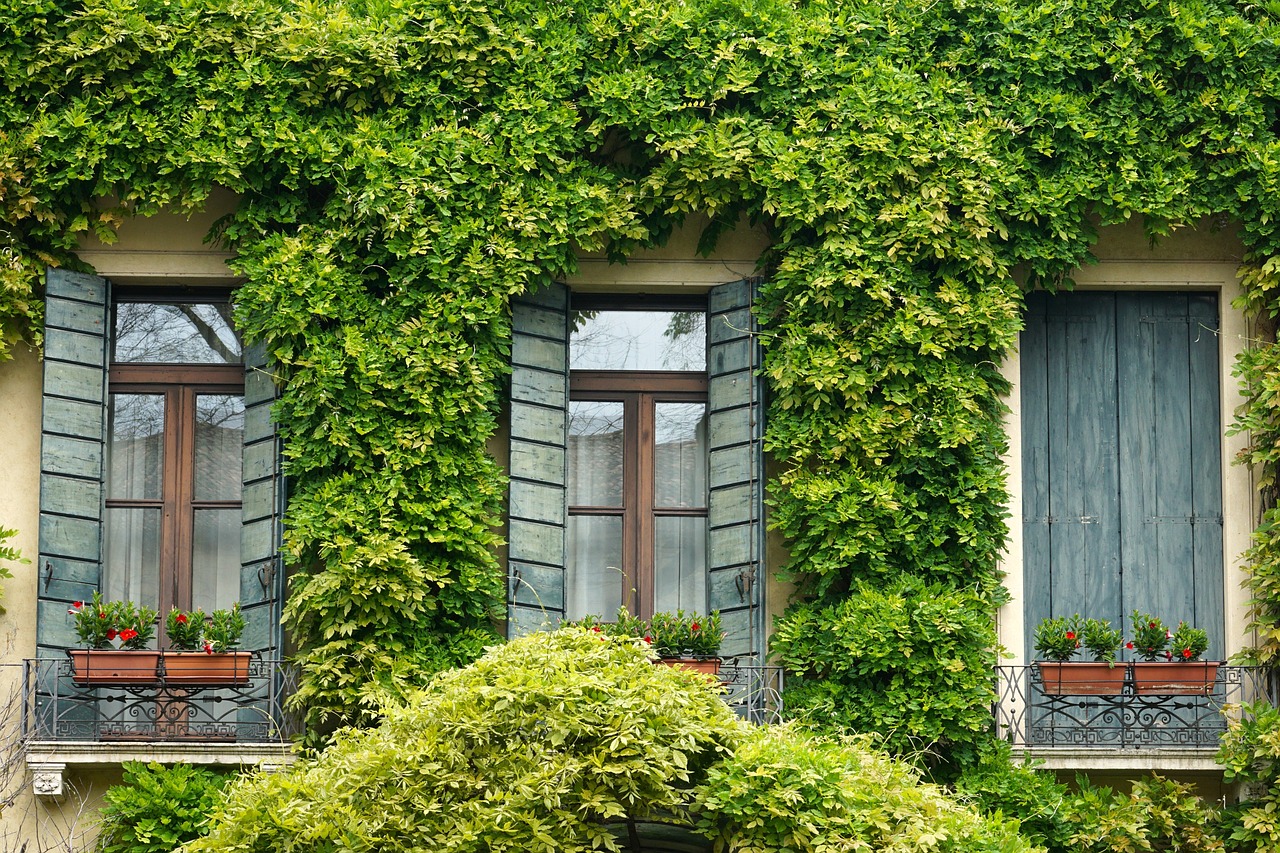
Integrating Technology for Safety
In today's fast-paced world, the integration of technology into our home security systems has become more than just a trend; it's a necessity. Imagine being able to monitor your home from anywhere in the world, all from the palm of your hand. With smart home technology, this is not only possible but incredibly easy. Devices like smart locks, security cameras, and alarm systems can all be interconnected to create a cohesive safety network that keeps you informed and in control.
Smart locks, for instance, offer features that traditional locks simply can't match. These locks utilize encryption to protect your home from unauthorized access, making it significantly harder for intruders to bypass your security measures. Many smart locks come equipped with remote access capabilities, allowing you to lock or unlock your door from your smartphone, whether you're at work or on vacation. This means that if a friend needs to drop by while you're away, you can grant them access without having to hand over a physical key.
Additionally, many smart locks provide real-time alerts that notify you whenever someone enters or exits your home. This feature is particularly useful for families with children or elderly relatives, as it allows you to monitor their movements and ensure their safety. Think of it as having a virtual watchdog that never sleeps!
But the benefits of integrating technology into your home security don't stop at smart locks. Consider adding surveillance cameras that can be accessed remotely. With these cameras, you can keep an eye on your property in real-time, receiving notifications if any unusual activity is detected. Furthermore, many modern cameras offer features such as night vision and motion detection, which can provide an extra layer of security during vulnerable hours.
Combining these technologies creates a powerful safety ecosystem. For example, when your smart lock detects that you are home, it can disarm your security system automatically. Conversely, if the security system detects suspicious activity, it can send a command to lock all doors and alert you immediately. This level of integration not only enhances your safety but also provides peace of mind, knowing that you have taken proactive steps to protect your home.
As you consider integrating technology into your home security, remember that the effectiveness of these systems relies heavily on proper installation and regular updates. Just like any other technology, smart devices can be vulnerable to hacking if not maintained correctly. Therefore, it's crucial to keep your software updated and to follow best practices for password management.
In conclusion, integrating technology into your home security system is not just about convenience; it's about creating a safer living environment. By leveraging smart locks, surveillance cameras, and other advanced security features, you can transform your home into a fortress that protects you and your loved ones. So, are you ready to embrace the future of home security?
- What are smart locks? Smart locks are electronic locking devices that allow you to control access to your home via a smartphone app, key code, or biometric scan.
- Are smart locks safe? Yes, smart locks utilize encryption and other security measures to protect against unauthorized access, but it's important to choose reputable brands and keep software updated.
- Can I integrate my smart locks with other home security devices? Absolutely! Many smart locks can be integrated with security cameras, alarm systems, and other smart home devices for enhanced security.
- How often should I update my home security technology? Regular updates are essential, especially for software and firmware, to protect against new security vulnerabilities. Check for updates at least every few months.

Regular Maintenance and Upgrades
When it comes to ensuring the safety of your home, regular maintenance and timely upgrades of your locks cannot be overstated. Just like a car requires oil changes and tune-ups to run smoothly, your locks need consistent attention to remain effective against potential threats. Over time, wear and tear can compromise the integrity of your locks, making them vulnerable to intrusion. So, how often should you check your locks? A good rule of thumb is to inspect them at least twice a year, or more frequently if you notice any signs of malfunction.
During these inspections, look for common signs of wear such as rust, difficulty turning the key, or any visible damage. If you find any issues, it's crucial to address them immediately. Sometimes, a simple lubrication of the lock mechanism can do wonders, restoring its functionality. However, if the lock is significantly worn or damaged, it may be time to consider a replacement. Upgrading to a more secure lock can provide peace of mind and enhance your overall home security.
In addition to physical inspections, staying informed about the latest advancements in lock technology can also play a significant role in your lock maintenance strategy. For instance, smart locks are gaining popularity due to their advanced security features, including remote access and real-time alerts. If you currently have traditional locks, consider investing in smart locks during your next upgrade cycle. They not only provide enhanced security but also offer convenience that traditional locks simply can't match.
Here's a quick overview of what to keep in mind regarding lock maintenance and upgrades:
| Maintenance Task | Frequency | Notes |
|---|---|---|
| Inspect locks for wear | Every 6 months | Look for rust, damage, or difficulty turning the key. |
| Lubricate locks | As needed | Use graphite or silicone spray; avoid oil-based lubricants. |
| Consider upgrades | Every 5 years | Evaluate newer technologies like smart locks. |
Moreover, don't forget about the importance of keeping your keys secure. Losing a key can compromise your home security, so consider rekeying your locks if you suspect your keys have fallen into the wrong hands. This simple step can save you from potential headaches and ensure that only you and your trusted family members have access to your home.
In conclusion, maintaining and upgrading your locks is not just about ensuring they work; it's about actively protecting your home from potential intruders. So, take a moment to assess your locks today. Are they up to par? If not, it may be time for a little TLC or a complete upgrade. Remember, your home is your sanctuary, and investing in its security is investing in your peace of mind.
- How often should I inspect my home locks? It's recommended to inspect your locks at least twice a year.
- What are the signs that my locks need maintenance? Look for rust, difficulty turning the key, or visible damage.
- Should I consider upgrading to smart locks? Yes, smart locks offer advanced security features that traditional locks may lack.
- What should I do if I lose my keys? Consider rekeying your locks to ensure your home remains secure.
Frequently Asked Questions
- What types of locks are considered the most secure for home use?
When it comes to home security, deadbolts are often regarded as one of the most secure options. They provide a solid barrier against forced entry. Smart locks, which offer features like remote access and alerts, are also gaining popularity for their convenience and added security. Additionally, high-security locks that resist picking and bumping can significantly enhance your home’s safety.
- How can I protect my home against lock picking?
To protect your home from lock picking, consider investing in high-security locks that are specifically designed to resist such techniques. You can also install additional security measures, such as door reinforcement plates and smart locks that alert you to unauthorized access attempts. Regularly maintaining your locks and staying informed about the latest security advancements can also help keep your home safe.
- Are smart locks safe?
Yes, smart locks can be very safe, especially those equipped with advanced security features like encryption and two-factor authentication. However, it's crucial to choose reputable brands and keep the firmware updated to protect against potential vulnerabilities. Smart locks also offer the convenience of remote access, allowing you to monitor and control your home security from anywhere.
- What should I do if my lock is not functioning properly?
If your lock is not functioning correctly, it's essential to address the issue promptly. Start by checking for any visible obstructions or dirt in the lock mechanism. If the problem persists, consider lubricating the lock with a graphite-based lubricant. If these steps don't resolve the issue, it may be time to call a locksmith for a professional assessment or to replace the lock entirely.
- How often should I upgrade my home locks?
It's advisable to review and potentially upgrade your home locks every few years or whenever you experience a security breach. Additionally, if you move into a new home, changing the locks is a smart move to ensure that previous occupants do not have access. Regular maintenance checks can also help you identify any locks that may need replacing due to wear and tear.



















